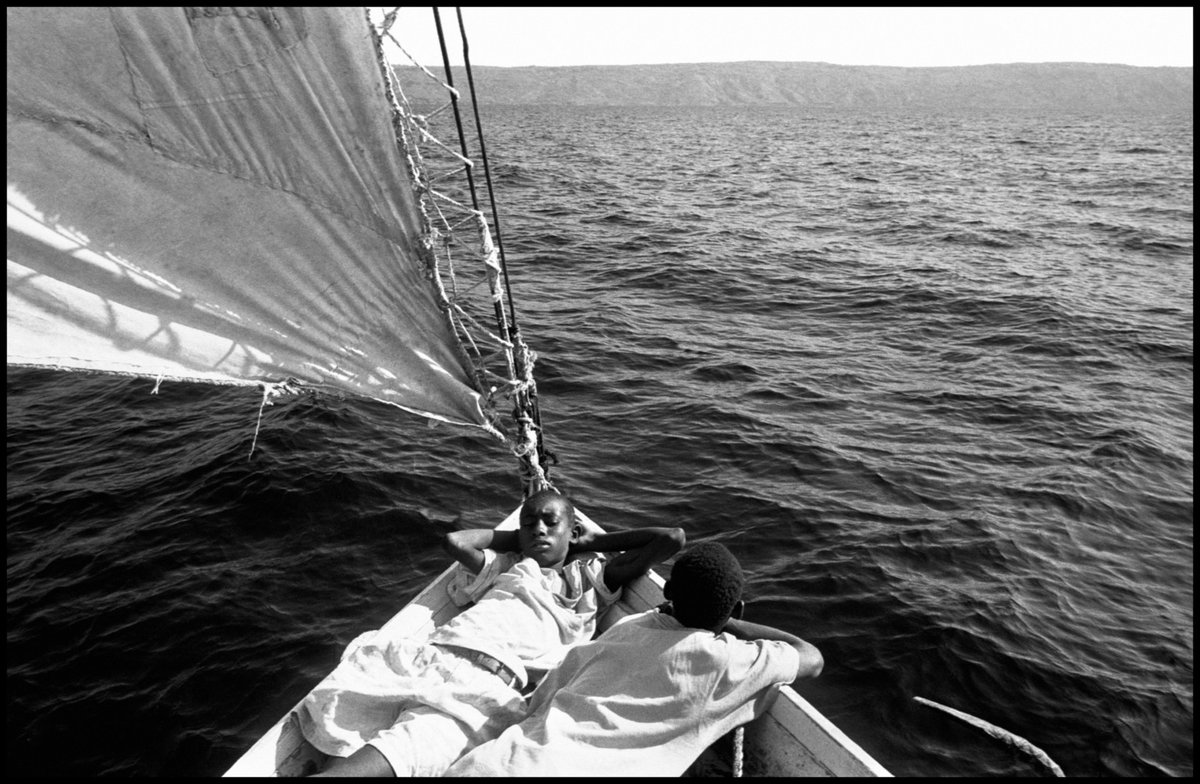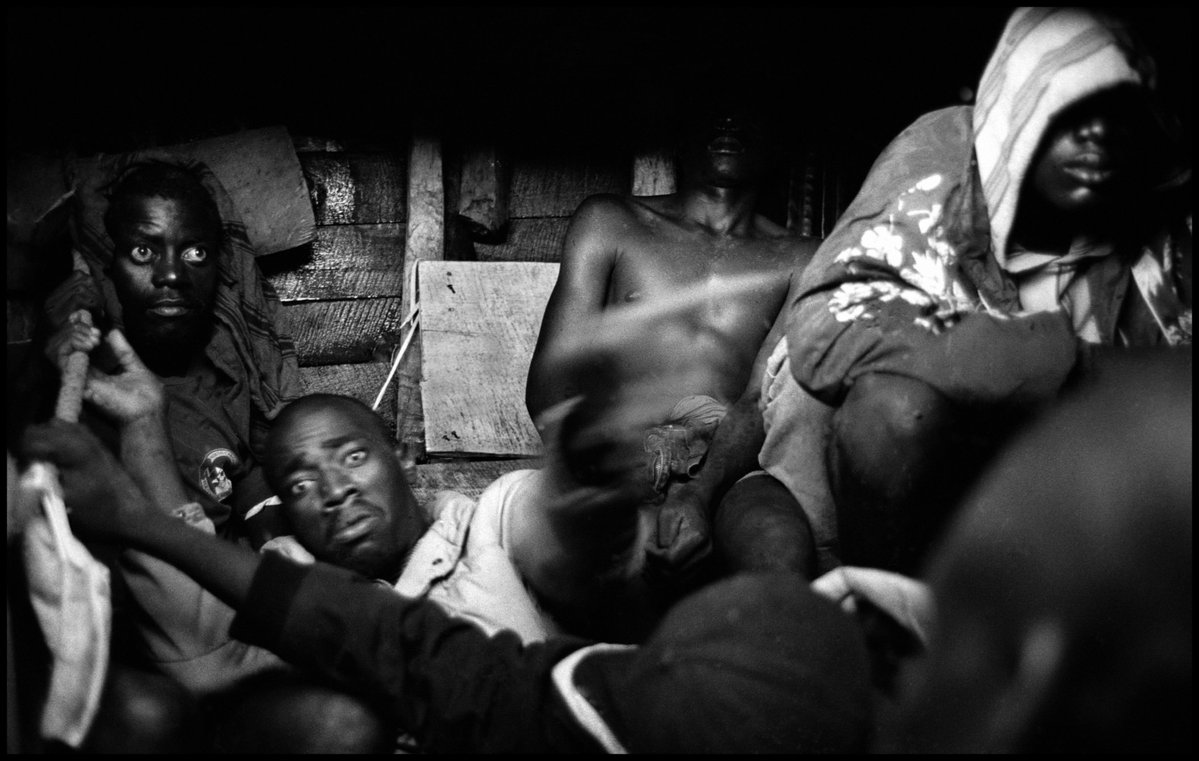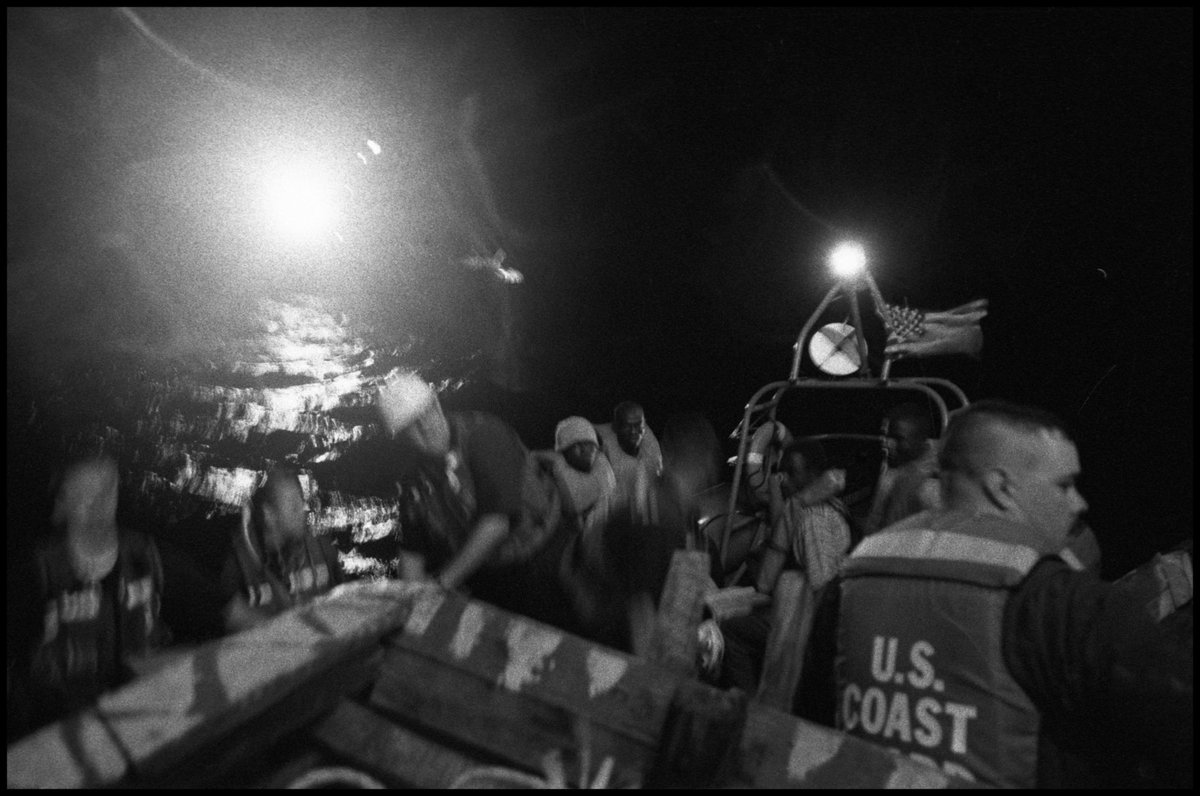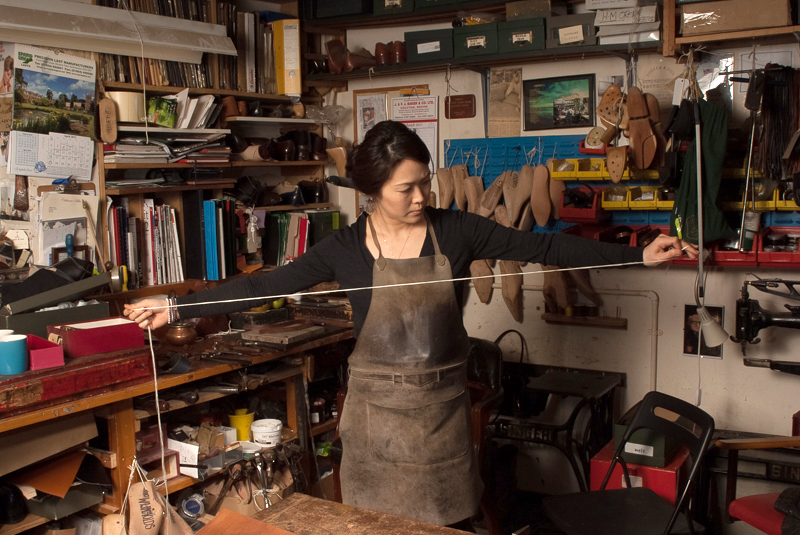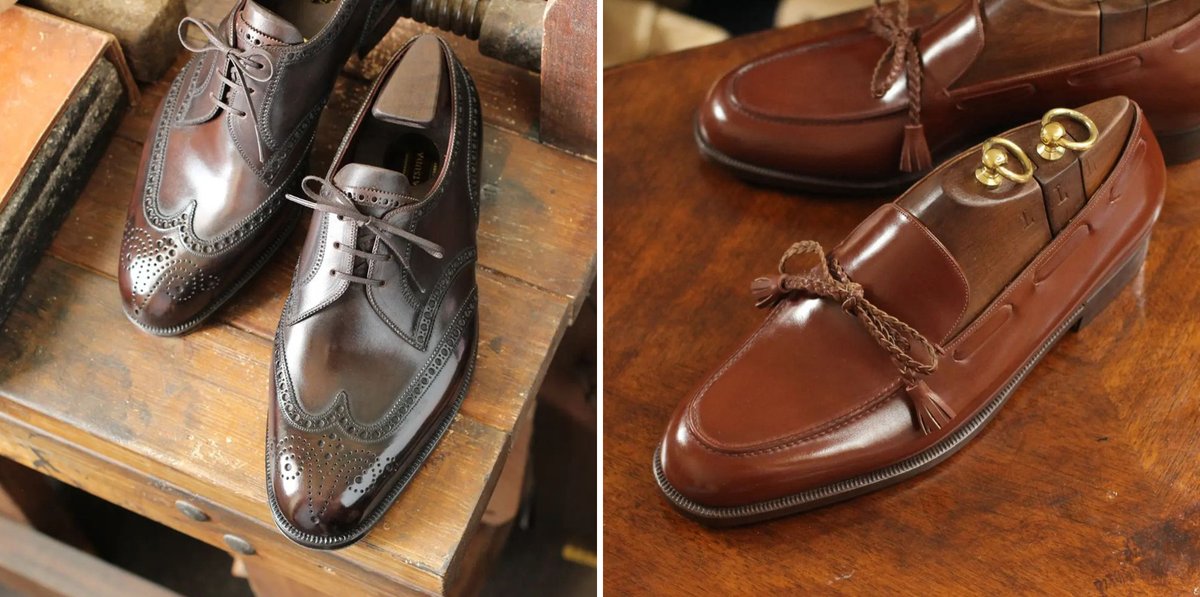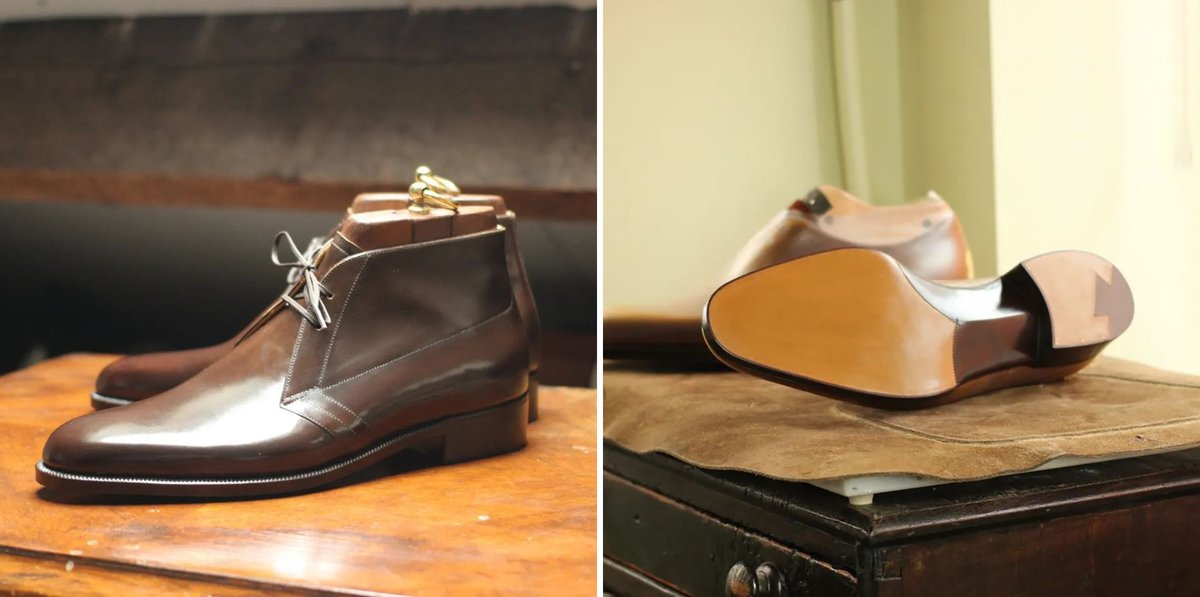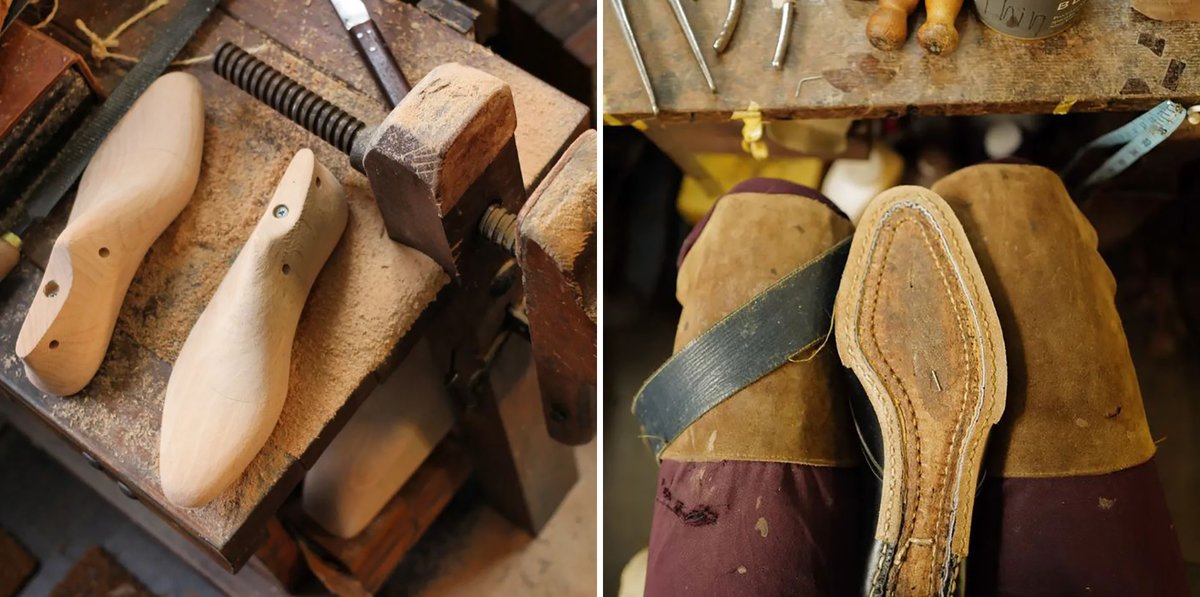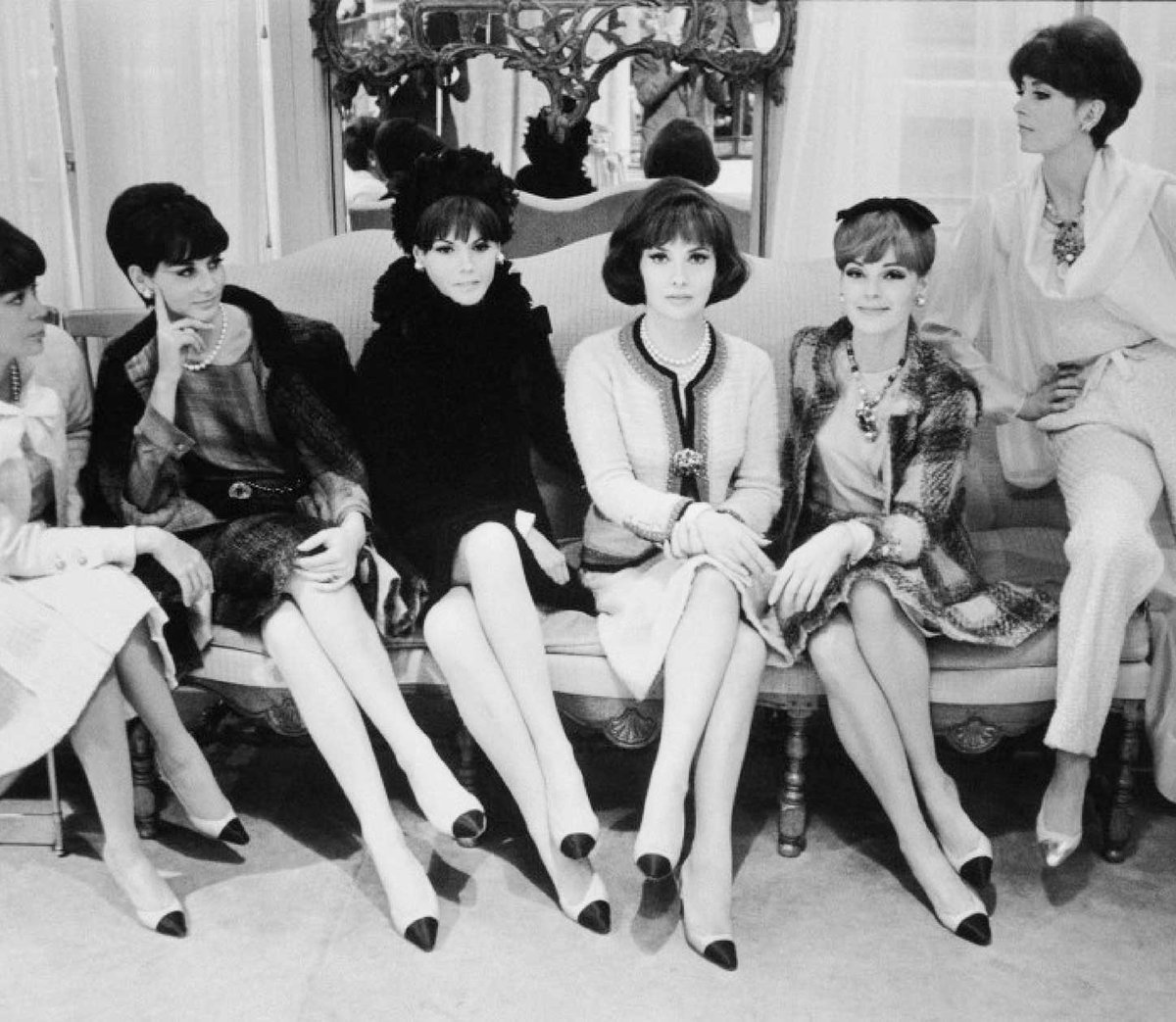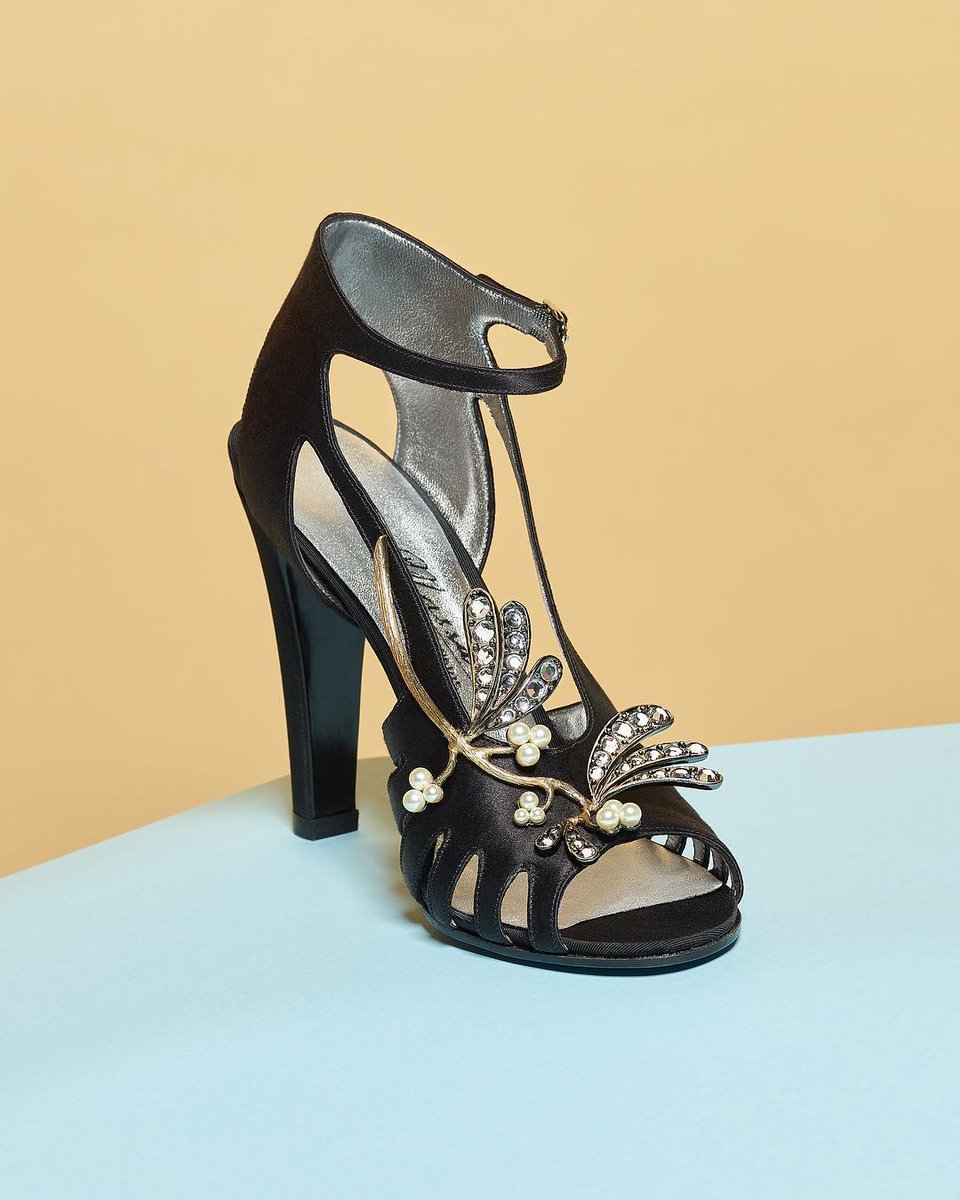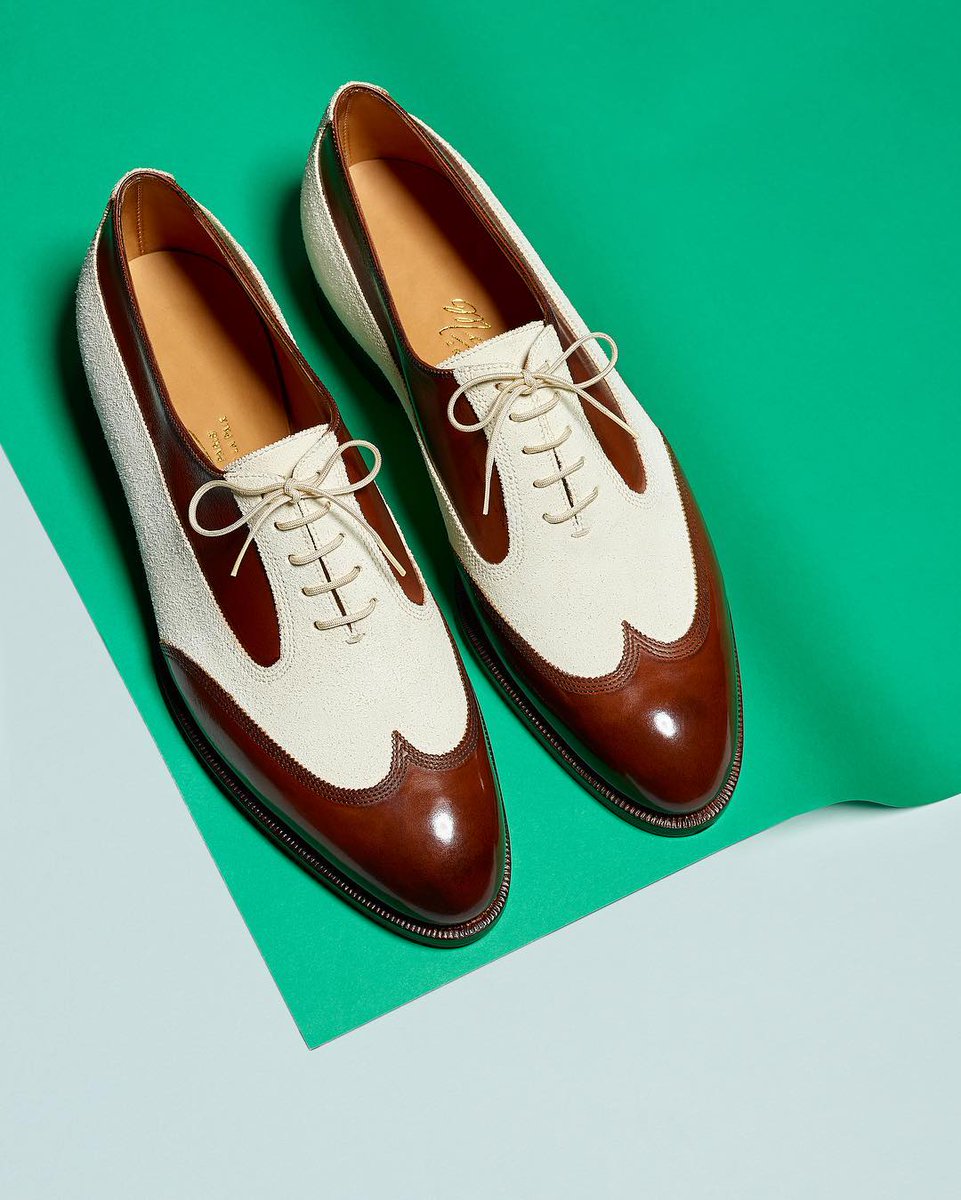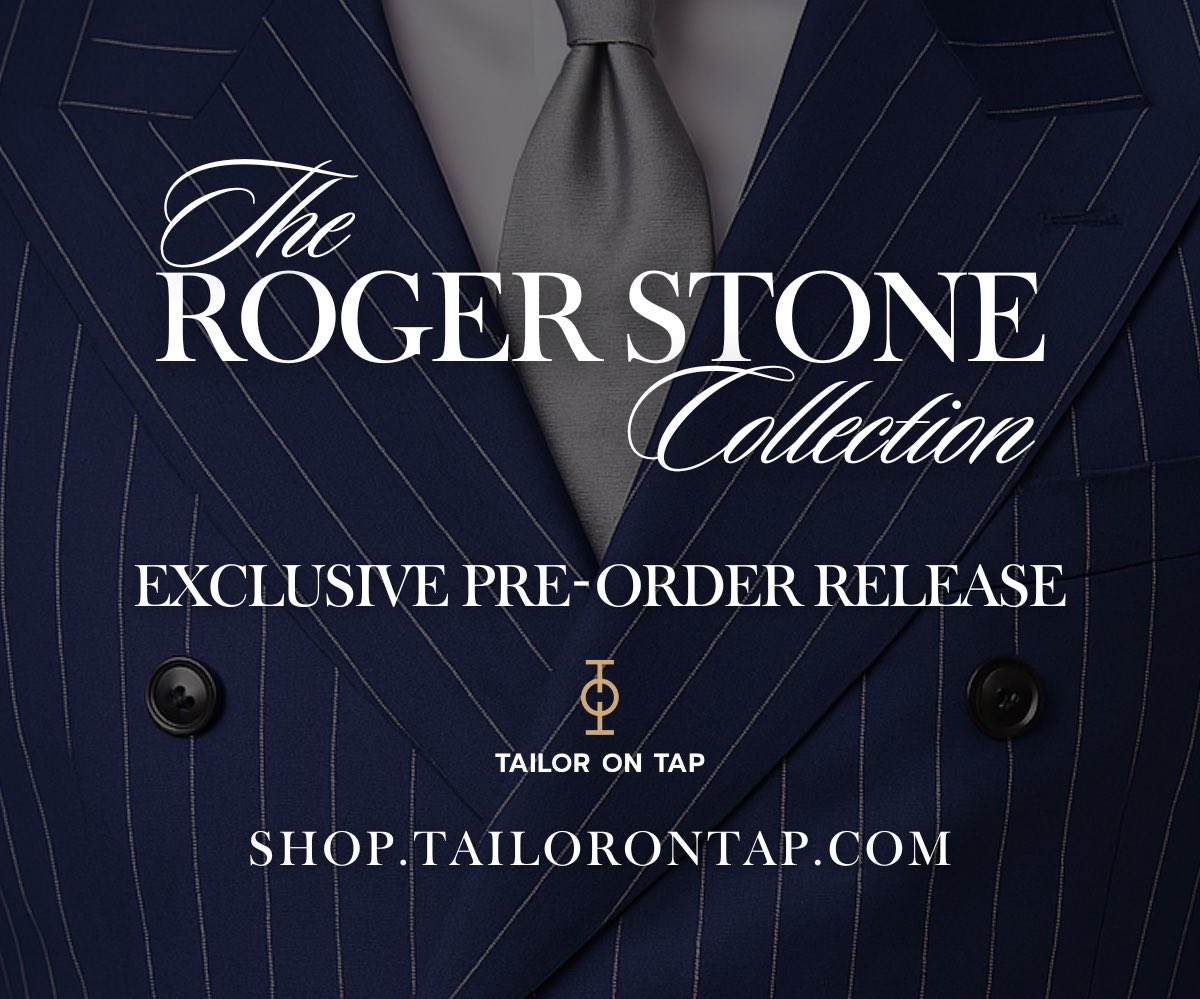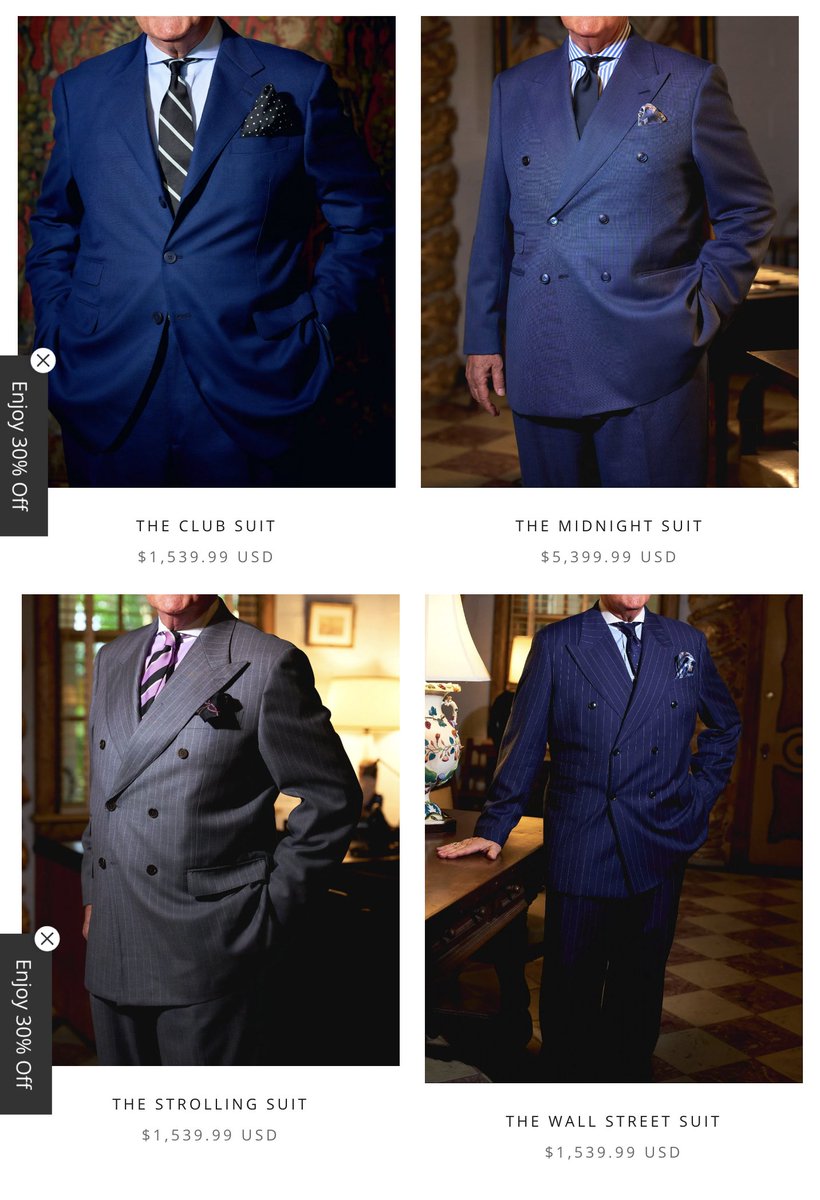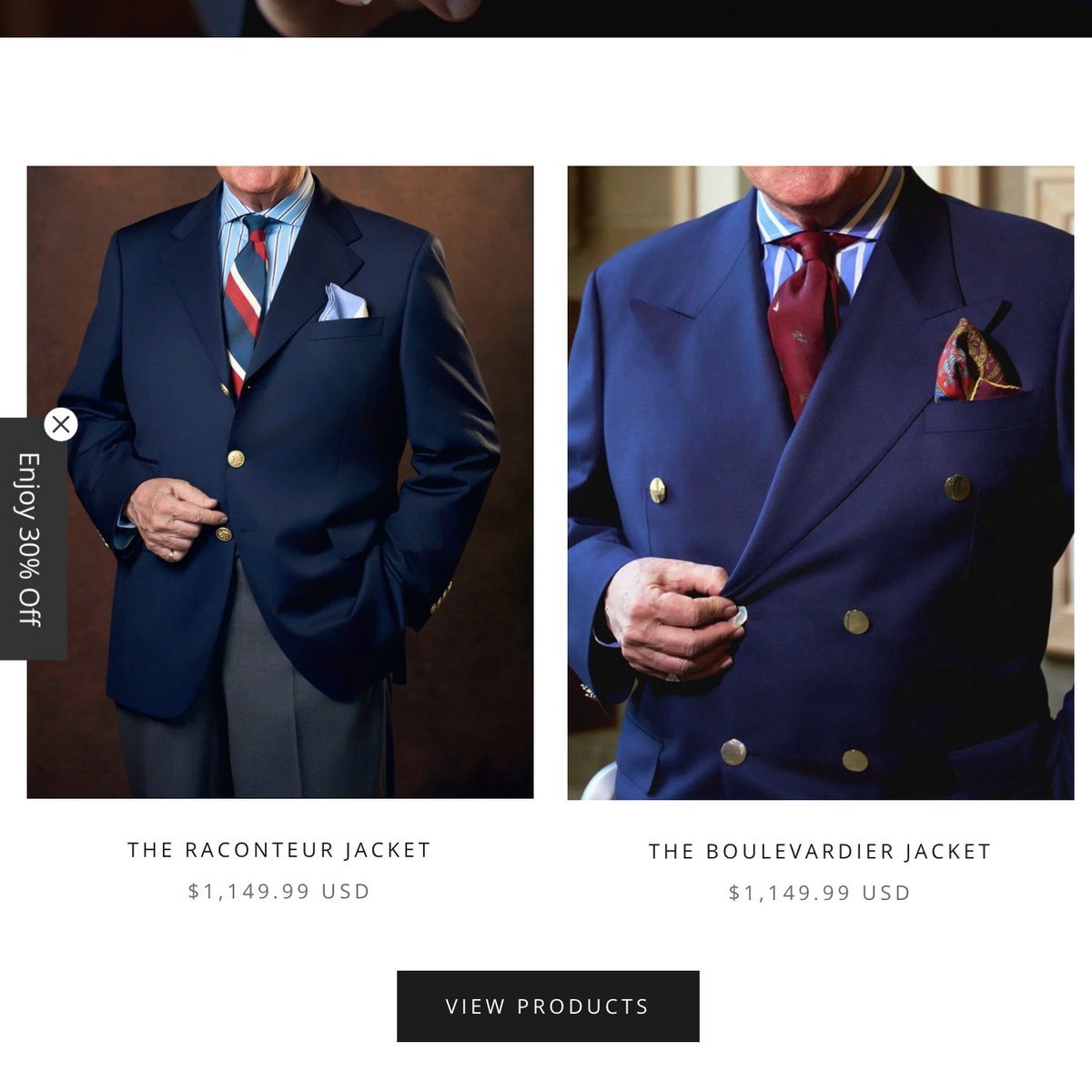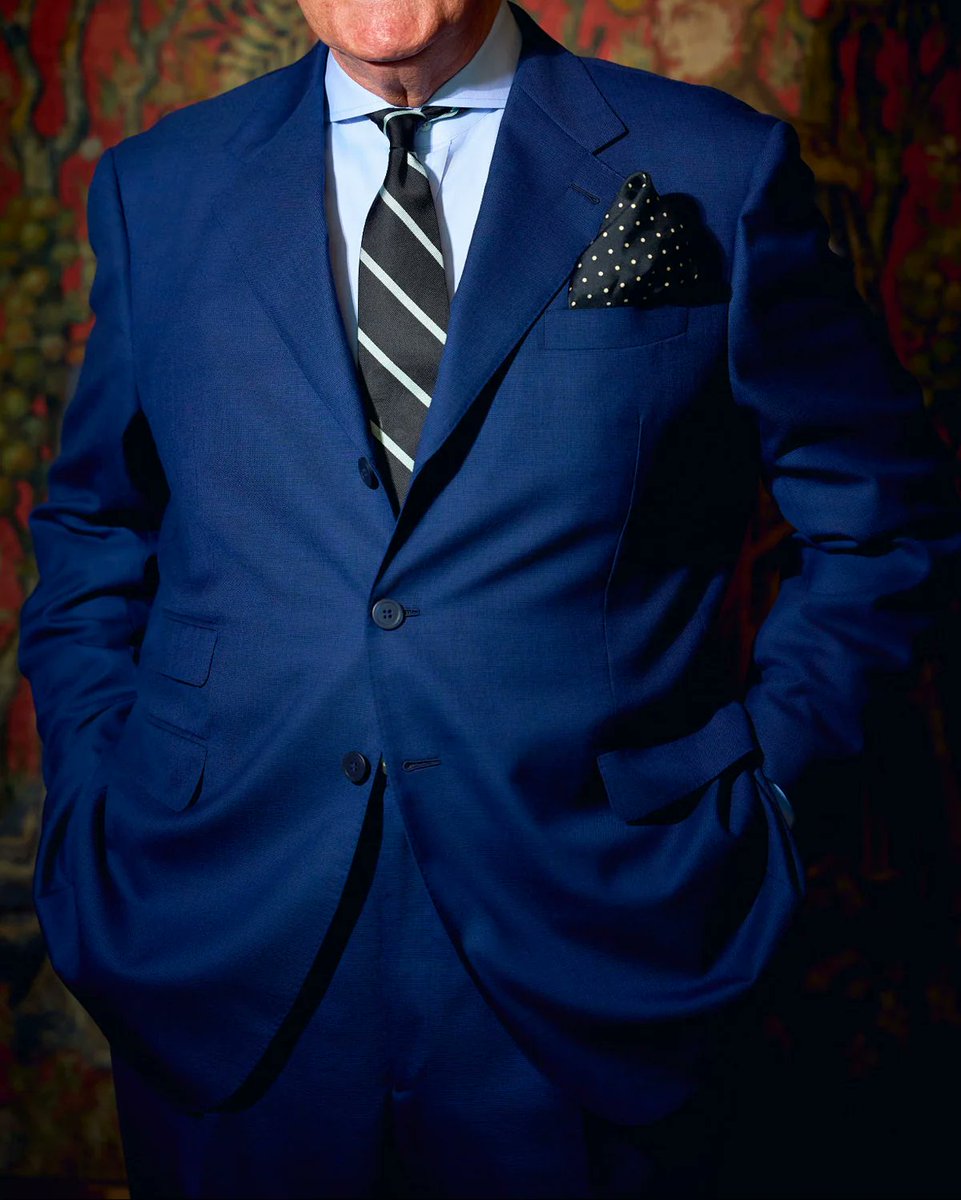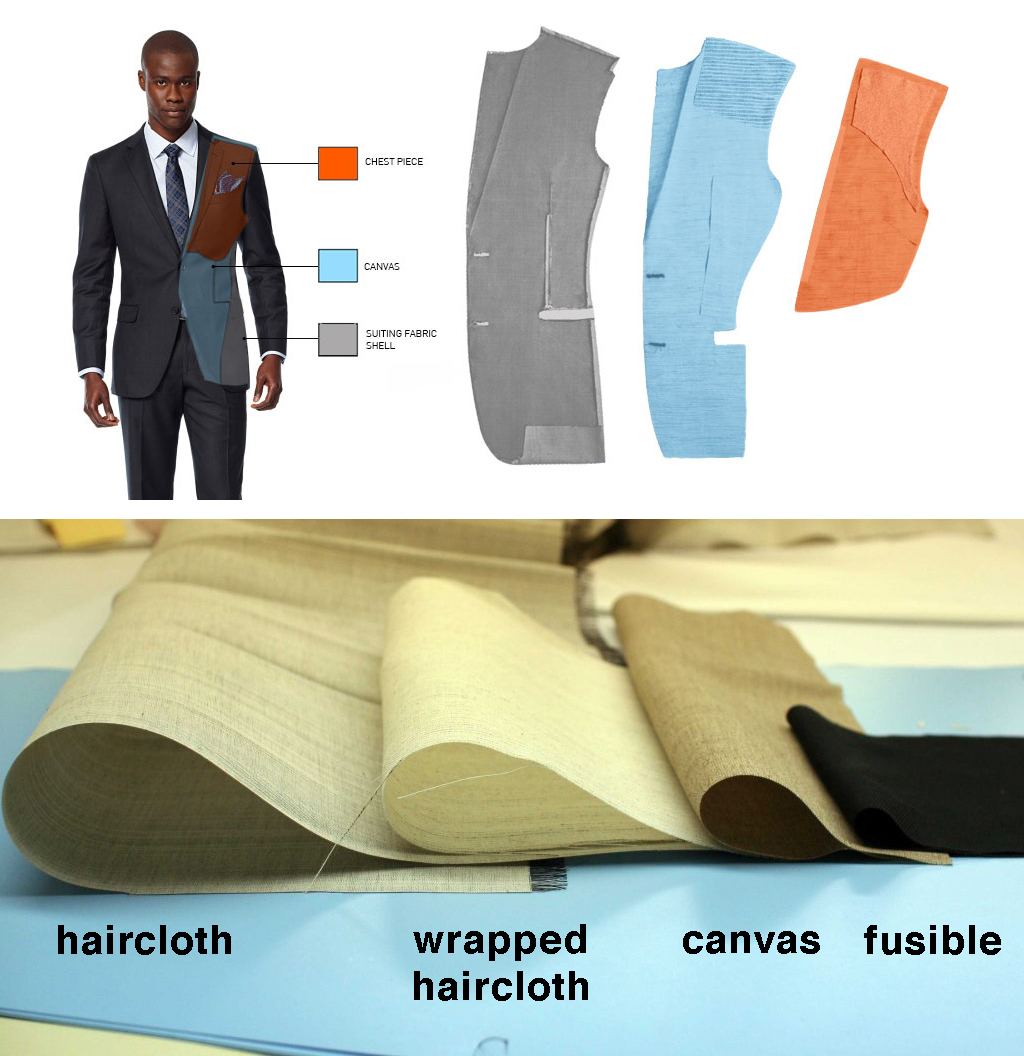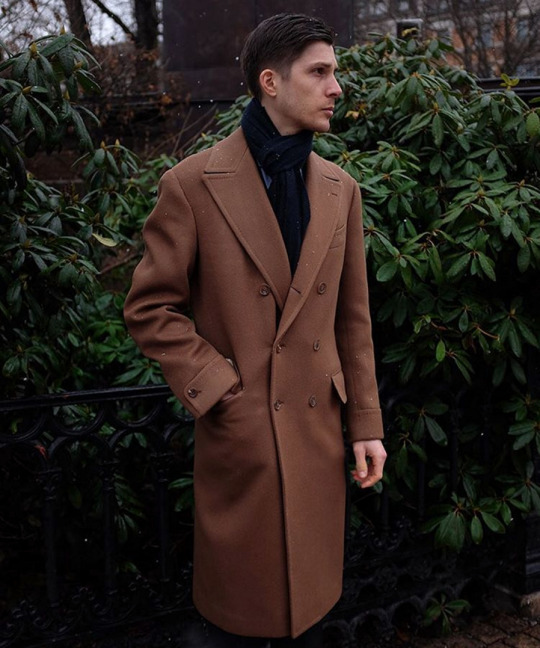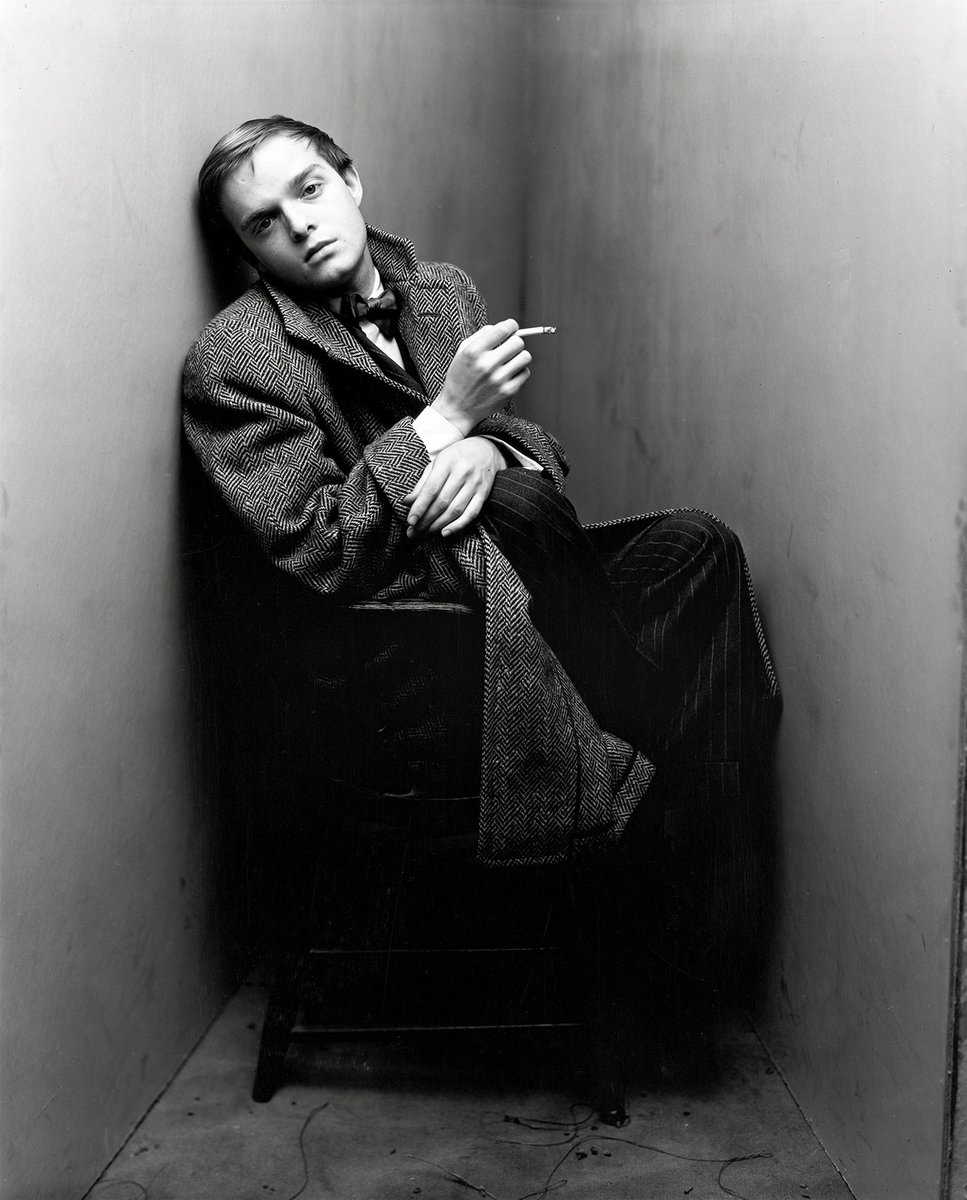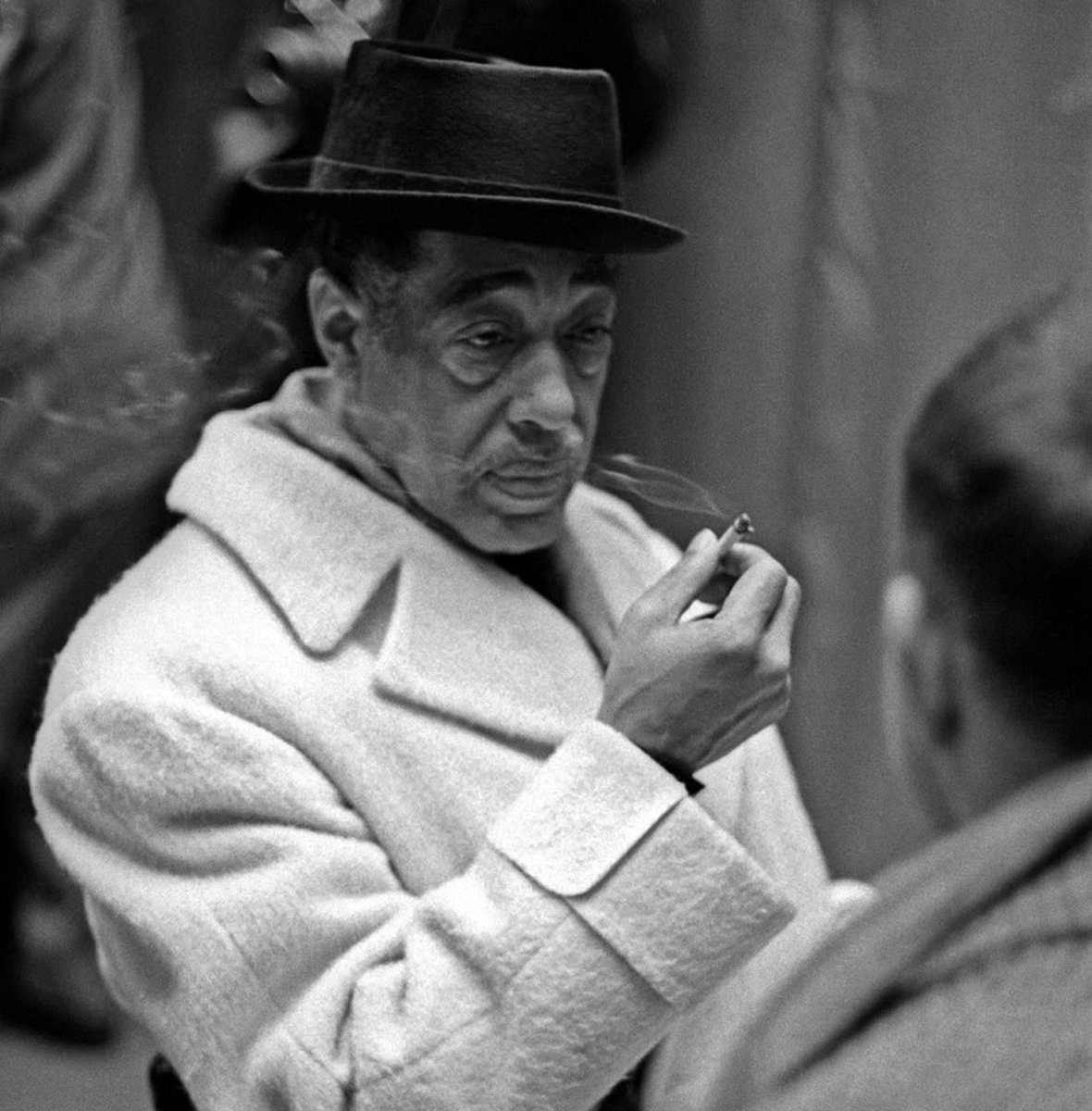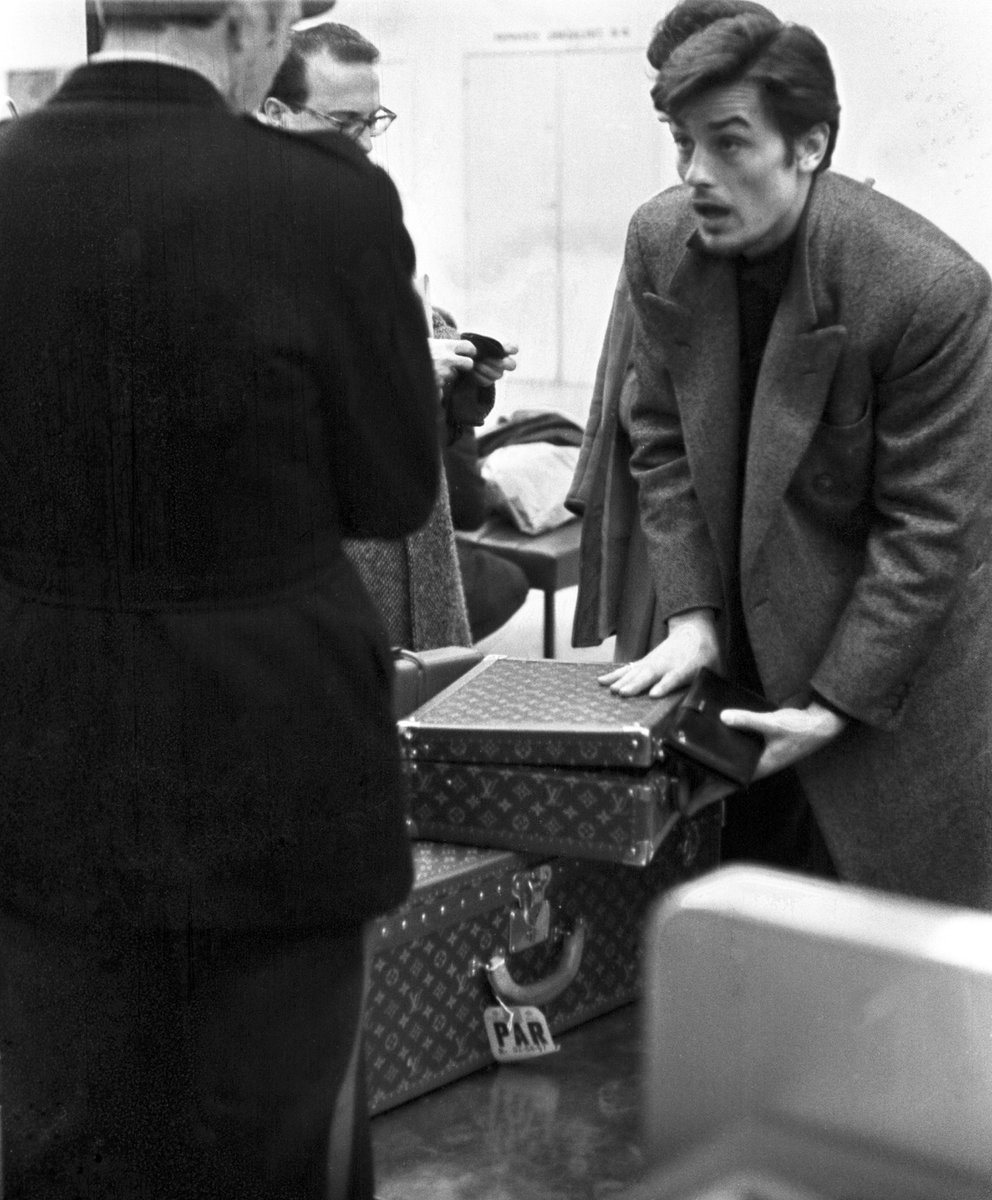No shirt will make you feel cool on an extremely hot day. However, some materials are better than others. Let's talk about them. 🧵
https://twitter.com/eric_is_weird/status/1813390173998129220
First, what makes something feel cool? There are three factors: fiber, weight, and weave. Most shirt fabrics fall within a narrow range in terms of weight, so we can eliminate that dimension. This leaves us to discuss fiber and weave. 

Linen is a great material for summer shirts because it wicks moisture from your skin, transferring it to the other side and allowing it to quickly dissipate. You can test this by washing two shirts—one linen, one cotton—and letting them air dry. See which dries faster. 

This is good because it means you will be less sweaty and sticky on a hot day. However, linen holds wrinkles, which may or may not be to your taste. You can get cotton-linen blends to tamp this down, but the more cotton in the blend, the less you get of linen's properties. 

If you move over to cotton, then you'll want to pay attention to weave. The more open the weave, the more breathable the shirt. The downside, of course, is that very open weaves can be very sheer. This is a nice comparison photo from the blog Bond Suits. 

In the world of shirt fabrics, voile is among the most open and lightweight of weaves. You can see this below: the cap from my camera is slightly visible beneath the fabric.




When worn, this can be very noticeable, particularly if the shirt is white (white is always going to be a little more sheer than non-white fabrics, all things equal). However, it's considerably less sheer even in colors like light blue. Compare the shirt bodies below:




I don't have a photo, but I recently saw James, the bespoke tailor behind the newly launched shirt company Hume, wearing a light blue voile shirt and it wasn't as indecent as I would have expected. Looked similar to below—totally wearable without an undershirt
IG humeldn
IG humeldn
Alternatively, you can try a panama weave. At the British shirt fabric company Acorn, they have some made from a three-ply, 70s yarn (fabric is called Cambridge). The yarn is a little coarser and heavier, which makes them less sheer. Can't see much of my camera cap behind fabric




There are a ton of other fabrics like this. Plain weaves tend to be more open than twills, so you can look for fabrics like batiste (see below). However, ready-to-wear shirts are rarely labeled like this, so you have to hold the fabric up to see how much light pours through.




For example, here's a Leno weave. When worn, this is not sheer at all because of the thickness of the yarn and the structure of the weave. But when I hold it up to the light, I can almost see the the outline of the tree in the background. This is what you want on a hot day.




Again, no shirt is going to feel cool on a hot day—normal clothes don't have built-in air conditioners. However, the idea is that you want something a little more comfortable than a dense oxford cloth or twill. So think about elements like fiber (linen vs cotton) and weave. 

There's a ton of places to get nice shirts. On the high-end, check Ascot Chang at The Armoury and G. Inglese at No Man Walks Alone. Proper Cloth is a great online made-to-measure shirtmaker. They can send swatches and make anything you want, including casual styles.




If you're interested in bespoke, CEGO, Divij Bespoke, Ascot Chang, Hume, Budd, and Dege & Skinner travel through the US for trunk shows. On the more affordable end, check J. Crew, Brooks Brothers, Kamakura, J. Press, O'Connell's, Ledbury, and Spier & Mackay.




• • •
Missing some Tweet in this thread? You can try to
force a refresh






